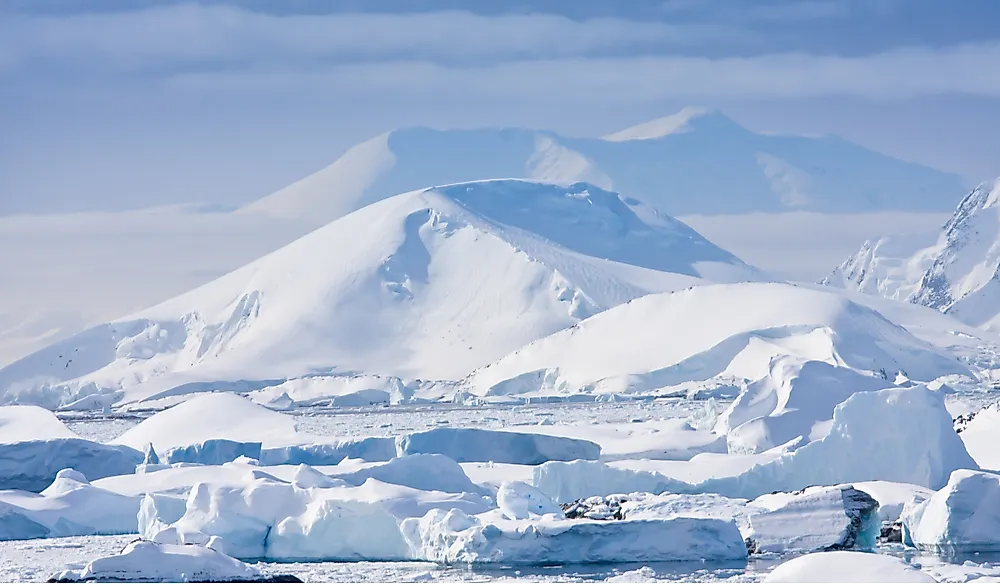Is The South Pole Colder Than The North Pole Of The Earth?

Although located at the extremes of the Earth, the two geographic poles have differences in temperature. Both the South Pole and the North Pole receive less solar radiation compared to the rest of the earth. Besides, the sun never rises beyond 23.5 degrees Fahrenheit above their horizons. These poles experience six months of continuous total darkness every year known as the polar night phenomenon. Consequently, they experience very low temperatures. However, the South Pole is colder than the North Pole due to the following reasons:
Snow Covering
The South Pole is perpetually covered in snow which means that its ice cover is permanent and covers all of Antarctica. The ice thickness on the South Pole is 8,850 feet. On the contrary, the North Pole contains a permanent ice cover in Greenland only. Compared to the South Pole, Greenland’s ice cover makes up only one-eighth of the ice cover on the South Pole. Besides Greenland, the other parts of the Arctic experience snow-free seasons during summer. Ice cover in the Arctic is sea ice floating above the Arctic Ocean. The sea ice is about 3-6 feet thick.
Temperatures
Temperatures are much lower at the South Pole compared to the North Pole. The temperature difference is approximately 50 degrees Fahrenheit. During summer, the temperatures are -25 degrees Fahrenheit in the South Pole and 32 degrees Fahrenheit in the North Pole. The North Pole becomes snow-free for several months which leaders to warmer temperatures. Plants also grow during the summer. On the other hand, during winter, temperatures are -30 degrees Fahrenheit in the North Pole and -90 degrees Fahrenheit at the South Pole. Low temperatures at the South Pole are a direct result of the radiation cooling effect. The large temperature differences result in Antarctica being colder than the Arctic. Additionally, the temperature of the seawater covered by the ice is typically above the freezing point.
Altitudes
The South Pole sits 9,300 feet above sea level while the North Pole is at the sea level. Consequently, the altitude of Antarctica is much higher than that of the Arctic. The higher elevation contributes to its cold temperatures. The Transantarctic Mountains extend across the continent of Antarctica with Mount Kirkpatrick reaching an elevation of 14,856 feet.
Winds
The winds blowing at the South Pole are stronger than the winds experienced at the North Pole. The stronger winds lead to lower temperatures. The winds that blow over the ice-covered Arctic Ocean lead to the cracking of the ice which opens up the ice. The open ice, in turn, exposes the heat stored within the ocean to escape into the air. Consequently, the temperatures are moderated and become warmer as opposed to the South Pole temperatures.











